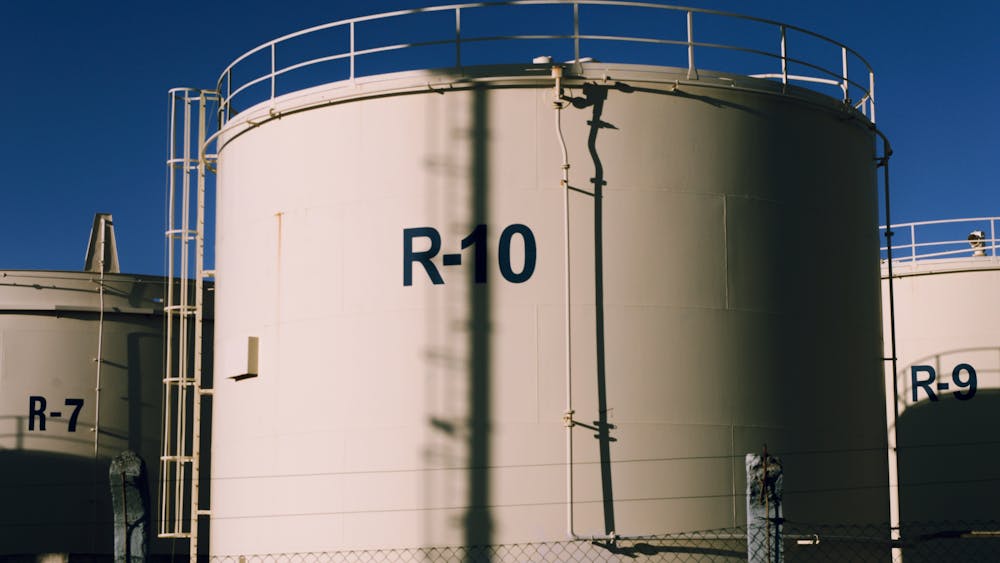Hydrogen is gaining global recognition as a cornerstone of the clean energy transition. With its potential to decarbonize heavy industry, transportation, and power generation, hydrogen is often described as the fuel of the future. However, its unique physical and chemical properties present significant safety challenges that must be addressed in parallel with its adoption. For industries working with hydrogen, explosion safety, leak detection, and fire identification are not optional—they are mission-critical.
The Hidden Dangers of Hydrogen
Unlike conventional fuels, hydrogen is:
- Extremely flammable: It ignites with minimal energy input and has a very wide flammability range—4–74% in air and 4–94% in oxygen at atmospheric pressure.
- Invisible in combustion: Hydrogen flames produce little light or color, making them nearly impossible to detect without specialized optical or thermal equipment.
- Highly volatile and light: With a molecular weight of 1.08, hydrogen rises rapidly and leaks easily through the smallest openings.
- Difficult to trace by human senses: Being colorless, odorless, and tasteless, hydrogen leaks and fires cannot be detected without technology.
These factors create a hazardous environment in which a minor leak or unnoticed flame can escalate into catastrophic incidents.
Explosion Safety as a Design Imperative
Safe hydrogen production require intrinsically safe designs, including:
- Leak-prevention engineering: Robust piping, seals, and housings to minimize escape pathways.
- Ventilation strategies: Continuous airflow to prevent hydrogen accumulation in confined spaces.
- Zoning and hazard classification: Designing systems in line with ATEX/IECEx standards for hazardous areas.
- SIL-certified analyzers and monitors: Ensuring compliance with IEC 61508 functional safety requirements.
A hydrogen explosion can be triggered by static discharge, electrical sparks, or even hot surfaces. Therefore, every stage of system design must integrate safety redundancies.
Detection: The Eyes of Hydrogen Safety
Because hydrogen is invisible and odorless, process gas analyzers act as the eyes of safety. Advanced monitoring technologies include:
- Optical flame detectors: Capable of identifying invisible hydrogen flames through UV/IR signatures.
- Thermal cameras: Visualizing heat emissions otherwise unseen by the human eye.
- Gas analyzers: Providing real-time concentration measurements to detect leaks before dangerous thresholds are reached.
- Integrated safety systems: Combining detectors, alarms, and shutdown protocols into a cohesive protection framework.
For facilities using hydrogen, these tools are not just protective measures—they are operational necessities.
From Risk to Reliability
Hydrogen’s role in the clean energy economy is undeniable, but scaling it safely depends on addressing its invisible risks. With the right combination of engineering, monitoring, and detection technologies, operators can move from reactive safety management to predictive, real-time risk control.
Eyesicon.com highlights the importance of seeing the unseen—and nowhere is that more critical than in hydrogen systems. As the hydrogen economy accelerates, industries must recognize that what you can’t see can still ignite, and invest accordingly in detection and safety infrastructure.
Conclusion
Hydrogen’s promise comes with responsibility. Its low ignition energy, wide flammability range, and invisible flame make it uniquely dangerous compared to other fuels. The solution lies not only in robust system design, but also in advanced detection technologies that allow us to visualize and monitor what human senses cannot.




